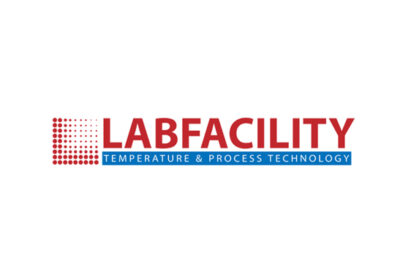~ Artificial Intelligence emerged unexpectedly from obscurity and is now ready to scale rugged terrain ~
Artificial Intelligence (AI) is on the cusp of becoming an irreplaceable tool in a wide range of fields, such as working from home, avionics, telecommunications and defence. The latest frontier in this development is ruggedisation and miniaturisation. Here, Andy Conway, sales manager at embedded computing specialist Recab UK, reflects on the unpredictability of the inventions that led to the breakthroughs behind AI.
The world of work changed dramatically in 2020. Driven by measures to protect people from COVID-19, governments and companies have instituted measures of social distancing and remote working. The McKinsey Global institute estimates that up to 20 per cent of the workforce carry out tasks that could be done remotely.
It is important to remember that these jobs represent only the tip of the iceberg of technological change. Nearly every job, from driving a dozer to flying a drone, has seen dramatic shifts driven by the development of new technologies. In particular, the developments in chip and server technologies are important in creating the backbone of such transformational technologies.
Yet it is impossible to predict where the next technological transformation will come from. What we can be certain of, however, is that data will continue to be integral to it and, with that, we can safely say that AI will continue to play a pivotal role in analysing vast or complex data sets.
AI relies on the ability to crunch vast sums of data, which depends on equally vast processing capabilities. While many initially think of advanced AI and machine learning (ML) to be driven by increasingly complex algorithms and programming, the reality is that many of the most valuable applications of AI will be in the field. Intelligent in-situ analysis of video feeds to identify specific objects, for example, is an application of AI that is as useful in military operations as it is for agricultural technology.
Such applications are made possible by technological advances in miniaturised, rugged embedded computing, driven by pioneers like Diamond Systems and Recab UK. For example, Diamond Systems’ Jetbox-Floyd is a general-purpose graphics processing unit (GPGPU) based on the NVIDIA Jetson module, which can support up to 21 Tera operations per second (TOPS) depending on the model.

It’s this module that supports the vast computing power of Diamond Systems’ GPGPU, being particularly suited to AI applications in avionics, telecommunications and defence because it has the capacity to run many complex computations simultaneously. Depending on the model (Jetson Nano or Jetson Xavier NX), the module boasts a GPU with either 128 cores or 384 cores, with the latter also featuring 48 tensor cores to support greater computation. This is complemented by a quad-core ARM Cortex or six-core NVIDIA Carmel CPU respectively.
In the Jetbox-Floyd, the Jetson Nano or NX module is installed on a Floyd carrier board, with a Linux operating system installed and pre-configured to support I/O. The Floyd actually allows projects to take full advantage of the NVIDIA module’s computational capacity. The board includes two Power over Ethernet (PoE) Gigabit Ethernet ports, three MIPI/CSI 2/4-lane connectors and one USB 3.0 port for camera inputs, as well as miniCard, M.2, and Micro SD sockets for I/O expansion and storage. The Jetbox-Floyd XNX-01 and XNX-02, which feature the NX module, include additional I/O in the form of dual PoE ports, two multi-protocol serial ports, dual HDMI displays and a PCIe/USB minicard socket.
In avionics and defence applications, the reliability and ruggedness of the computer systems are of paramount importance. As such, the carrier board is thickened to better withstand shocks and the entire system has been tested to withstand temperatures of between -25 to +80 degrees Celsius. The expertise of Diamond Systems and Recab UK in customising these applications to complex tasks in harsh conditions are here to help the latest innovations in AI brave the elements of harsh environments.
There may be little predictability about where the next technological transformation will come from. However, we can be sure that high computing capacity will be a necessity and it is more likely that it will be in the field. With developments in embedded systems that offer the intensive process capabilities required, there is no limit to where we may find the next technological breakthrough.








